I WANT
RELATED LINKS
I WANT
RELATED LINKS
RELATES LINKS
I WANT
RELATES LINKS
Services
Related Links
Use and Management of Cookies
We use cookies and other similar technologies on our website to enhance your browsing experience. For more information, please visit our Cookies Notice.
- Personal Banking
- Stories & Tips
- Tips for You
- Japanese Cultural Innovation: Creation of Japanese Food
- Personal Banking
- ...
- Japanese Cultural Innovation: Creation of Japanese Food
Japanese Cultural Innovation: Creation of Japanese Food
09-01-2020
We might have heard the word “innovation” in most of the topics in these past 3-4 years and it often associates with technology. However, in my research, “Revisiting The Notion of Innovation and Its Impact on Thailand’s Economic Policy: A Case Study of Japanese Manga”, I discovered that innovation means more than technology. It means to discover new things that can create values in business or economic aspects.
In the next 5 articles, we will be talking about the selected 5 topics on Japanese cultural innovation, which create business values, social values as well as cultural values. Let us start with the very first topic, “Creation of Japanese Food”.
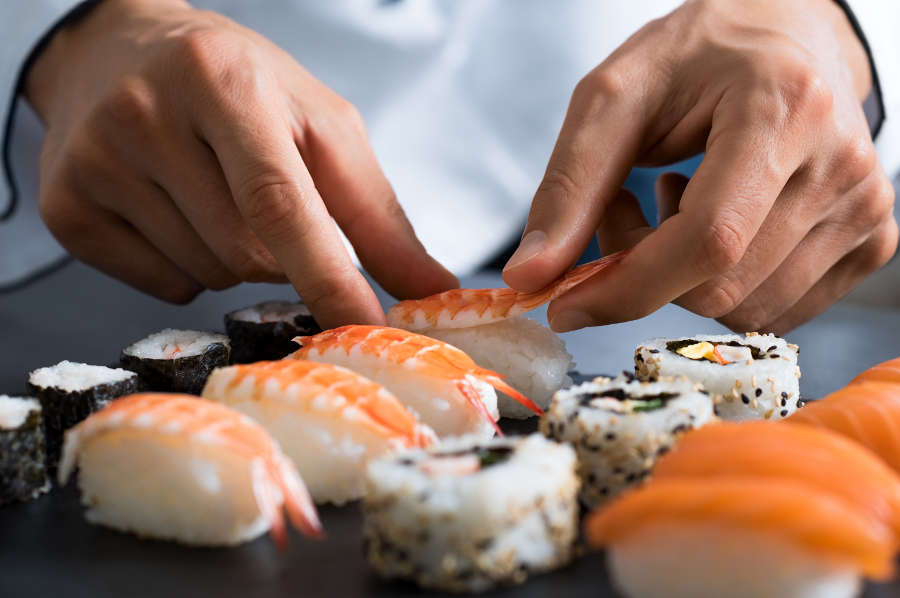
Creation of Japanese Food
There is one ideology that makes Japan the innovative nation and it is called “Iitoko-Dori (いいとこ取り)” which means adopting foreign elements by focusing on the strong points, developing them and turned them into new Japanese elements. It goes the same as Japanese food. Japan has been continuously creating and developing dishes in her country. Most of the Japanese food used to be dishes of other nations, but Japan develops them and sends out globally under the name of “Japanese food”. We will now talk about Japanese food that has roots from other countries.
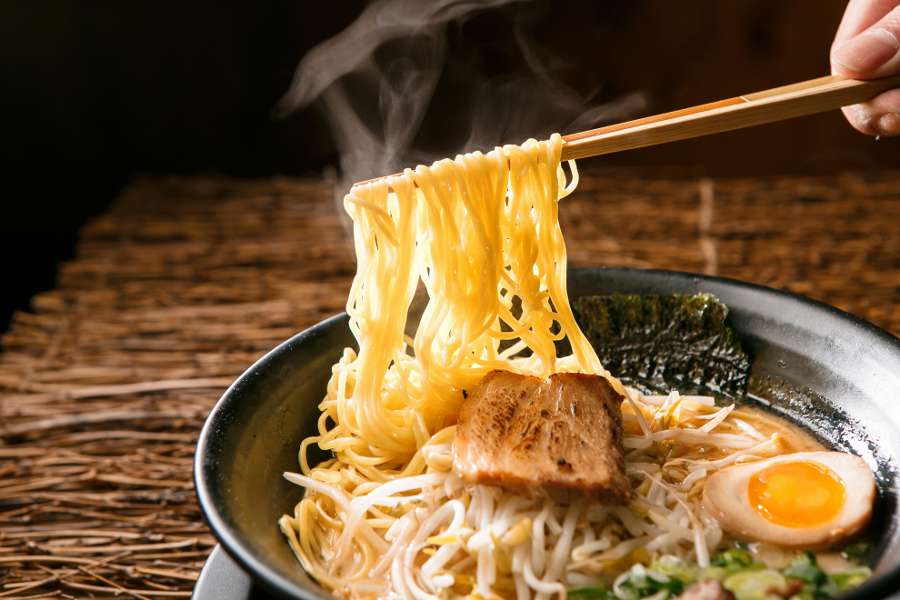
Let us start from “Ramen (ラーメン)”, a dish that is widely known by all. Honestly speaking, Japan has its own noodles which are “Udon (うどん)” and “Soba (そば)”. Ramen, however, originates from China and was further developed by Japan. The methods of consumption these noodles are, thus, different. For udon and soba, the spoon will not be provided and only chopsticks will be used to eat and soup will be drunk from the bowl. On the other hand, ramen is served with a spoon to scoop us the soup (despite many Japanese drinking the soup directly from the bowl, by right, a spoon should be used).
Japanese ramen existed towards the end of the Edo period (mid 19th century) when trading with other countries was booming. This resulted in many areas turning into China Town and Japanese as well as Chinese living in Japan developed new Japanese-style menus from Chinese noodles together and eventually, ramen is created. Ramen also has other names like chukamen (中華麺: Chinese noodles), chuka soba (中華そば: Chinese soba), shina soba (支那そば: Chinese soba). Nevertheless, ramen is still the most widely used word in Japan and foreign countries. Nowadays, whenever there is an international food festival overseas and ramen has to be translated into English, there will be a little complication. This is because udon and soba will be translated as Japanese noodles and ramen will be translated as Japanese-Style Chinese noodles (because noodles from China will be called Chinese noodles, thus, ramen cannot be called Chinese noodle).
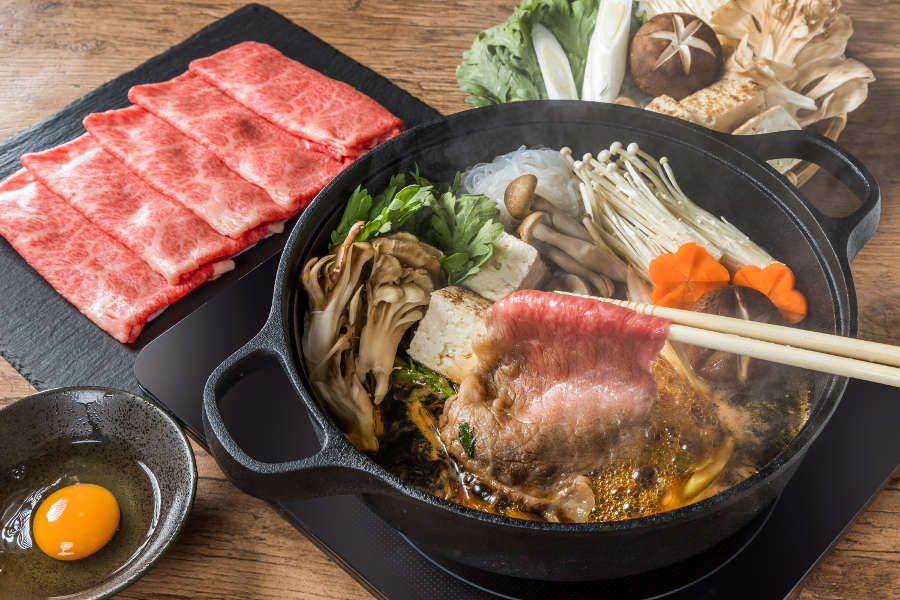
Apart from ramen, there are many Western dishes that have undergone “Iitoko-Dori” and turned into Japanese food. Japan received many waves of Western culture starting from the end of the Edo period, the Meiji Revolution, and after World War II. This allows Japan to accept Western food, develop it, and turn it into her own. For example, initially, the Japanese would not consume large livestock like pigs or cows. But, after being exposed to Western civilization, they started to consume pork and meat and there comes “Gyu-Nabe (牛鍋)” which later becomes “Suki-Yaki (すき焼き)”
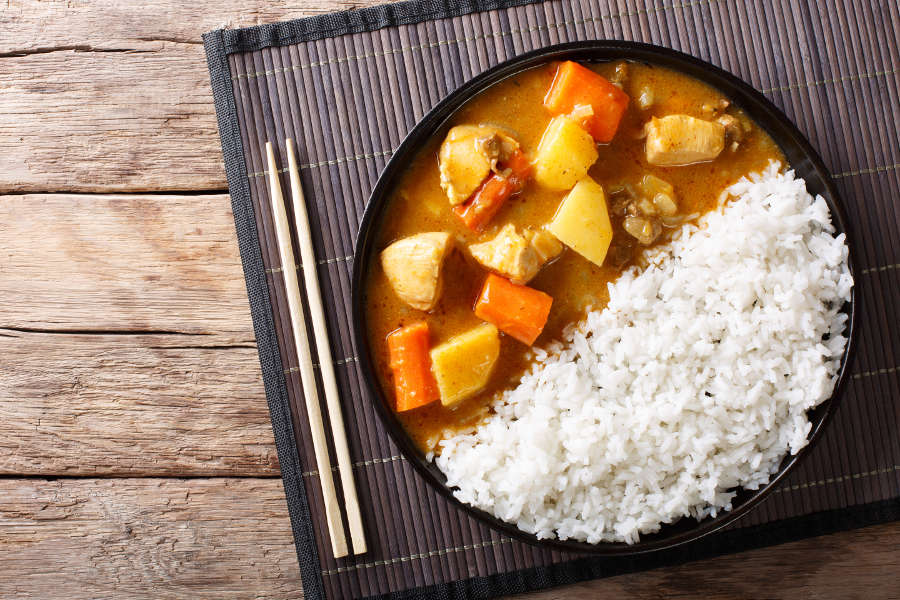
The authentic Western food in Japan will be called “Seiyoryori (西洋料理)”, but Western food that has been developed into Japanese will be called “Wafu Yoshoku (和風洋食)” or “Yoshoku (洋食)” in short and the examples of yoshoku are
1) Curry rice (カレーライス) Japan gets an idea of curry rice from India through England and develops the taste to suit Japanese people and it becomes the Japanese curry rice that we know about today.
2) Omelet (オムレツ) It is a Western-style omelet seasoned in Japanese style or could be a side dish that goes together with curry rice.
3) Korokke (コロッケ) A dish that comes from Western fried food, Croquette.
4) Katsuretsu (カツレツ) A deep-fried food from Western-style cutlet meat that Japan develops into katsu fried-food such as tonkatsu (deep-fried pork) or chicken katsu (deep-fried chicken).
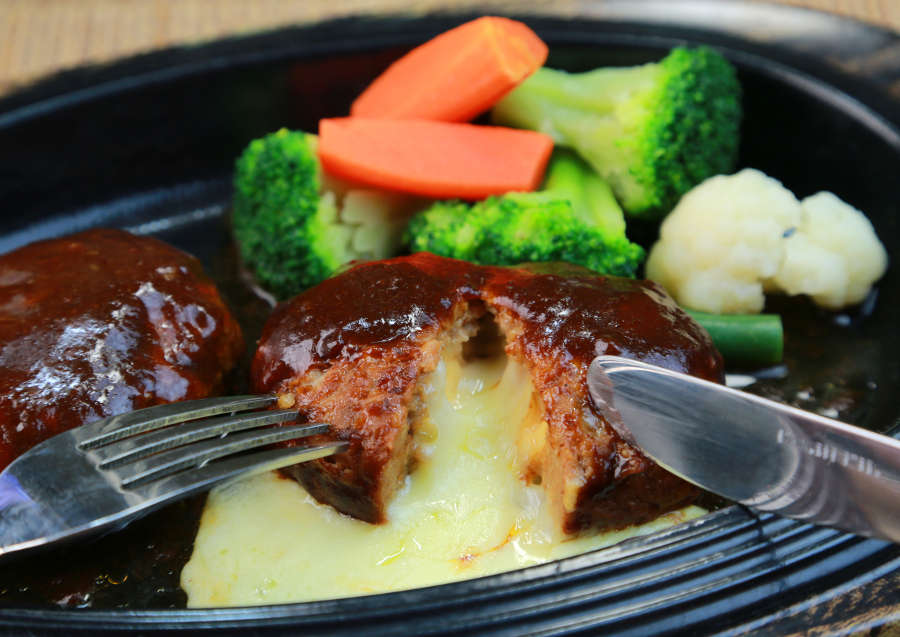
5) Hamburg (ハンバーグ) A dish developed from hamburger, but Japan only takes the patty to season in Japanese style and eat together with rice.
6) Napolitan Spaghetti (ナポリタン) or Meat Sauce Spaghetti (ミートソース) There are many types of pasta that Japan has developed by herself and they are known widely all over the world. The examples would be Napolitan and Meat sauce spaghetti.
7) A Western steak seasoned in Japanese style that is served together with rice.
8) Ranchi (ランチ) A yoshoku lunch set with a variety of styles.

In the previous articles, it was mentioned that Japanese organizations emphasize on having their employees being generalists that they have a wide knowledge and can work in any department. Differently, the Japanese food industry will focus on specialization. This is why each restaurant in Japan will have a specialization in one kind of dish. For an instant, ramen shops will not serve curry rice, curry rice stall will not serve sushi and Japanese pasta restaurant will not serve soba or udon. Food business in Japan is, thus, different from the Thai food business where one restaurant will serve various kinds of food. Because Japan stresses on the “profoundness” of the chef. They should only be a specialist in one kind of expertise.
Japan uses the concept of “Iitoko-Dori” to create and improve other countries’ food and turn it into her own. This is deemed as a cultural innovation that gains tremendous profit for Japan and the Japanese food business all over the world.
Written by Weerayuth Podsatiangool, HROD Consultant, Intercultural Communication Expert, Japanese Language Instructor of Old Japan Students Association, Interpreter and Lecturer.
